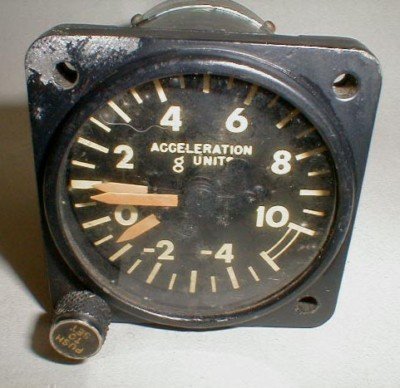What is an Accelerometer?
Accelerometers are electromechanical devices that measure the force of acceleration. This force can be dynamic (i.e the accelerometer being moved or vibrations cause it) or static (such as the force of gravity) in nature. The devices have a number of uses, such as determining the device angle or aspect with respect to the Earth, determining whether a vehicle or other structure is moving horizontally, and vibration measurement.
How are Accelerometers Used?
Accelerometers help engineers and mechanics determine problems in vehicle engines through vibration analysis. They determine existing damage as well as identify engine components that may be susceptible to short-term failure by identifying excessive vibrations. The devices are used in the computing industry to help protect computer hard drives from damage by switching the hard drive off if a fall is detected. This helps to ensure that the drive heads do not crash on the platters when the laptop hits the ground. They are also used in the car industry to detect vehicular crashes in order to release the car’s airbags.
Types of Accelerometers
Two accelerometer types are used to make vibration sensors. They are referred to as piezoelectric accelerometers. The first of these uses a high impedance charge output, which is where the piezoelectric crystal makes an electric charge directly connected to the measurement instruments hooked up to the device. This type is used in applications that are exposed to high temperatures (above 120 degrees Celsius). The second type is the low impedance output accelerometer, which has a built-in micro-circuit and FET transistor that covers the charge to a low impedance voltage. This type of accelerometer is the most common in industry and is cheaper to produce and maintain.
Accelerometer Considerations
Both digital and analog accelerometers are produced today. The type used is based on the equipment’s hardware that will be interfacing with the device. Digital accelerometers use Pulse Width Modulation (PWM) for the device output and the amount of high voltage time is proportional to the total acceleration amount. The analog accelerometer has continuous voltage output that is proportional to the total amount of acceleration being detected. Both accelerometer types are normally designed to measure two axes. When positioning 3Ds, two of the traditional devices have to be mounted at right angles to each other or a more expensive 3D accelerometer must be purchased.


Comments - No Responses to “What is an Accelerometer?”
Sorry but comments are closed at this time.